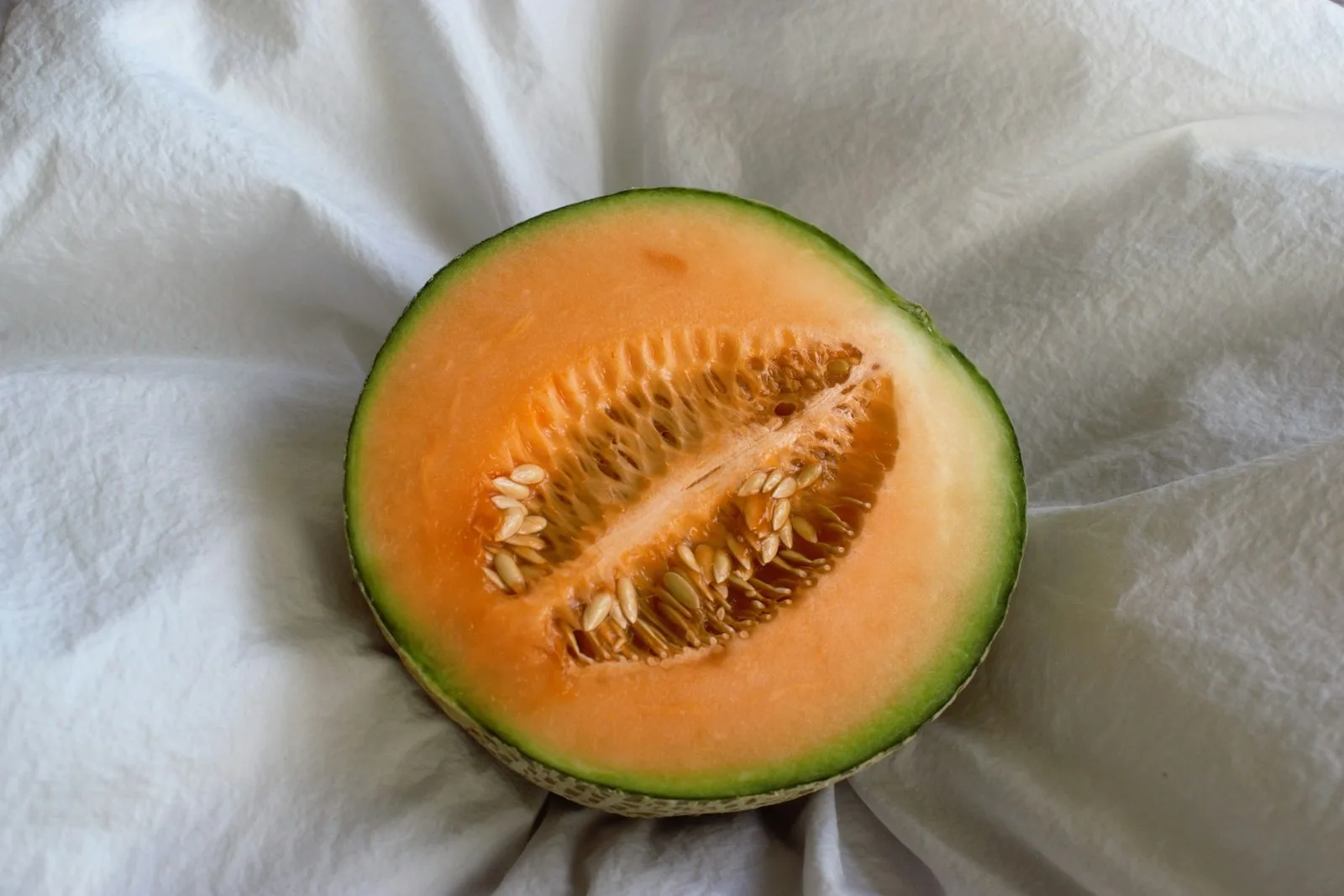
Table of Contents
Strawberries, peaches and cherries abound in summer, but real experts realize that nothing compares to the allure of a perfectly ripe melon like cantaloupe. A cantaloupe slice should be tender, juicy, aromatic, sweet and flavorful when optimal. However, when cut, what appears to be a perfectly normal supermarket cantaloupe can sometimes appear underripe, with each bite becoming crunchy, tasteless, pungent and downright unpleasant. The frustration is compounded by the fact that the ripe cantaloupe is an incredible fruit.
It turns out that cantaloupe looks are only one aspect of the problem, even though they provide important clues about the freshness of the fruit. The smell and texture of a melon can indicate whether it is ready to be sliced or inadvertently left for the consumer to pick up at the store. Using these sensory tips to select a great cantaloupe can only reduce the flavor of a subpar melon.
Read more: The Sweet Reason Mexican Coca-Cola Tastes Different
Pick A Cantaloupe By Sight

There are some visual indicators that can help you determine when your own or grocery store cantaloupes are ripe. This is especially significant because cantaloupes ripen early after other crops (such as bananas) are harvested.
It looks like the cantaloupe is surrounded by a natural mesh. You’ll be looking for a shade of rind behind that mesh. It should be creamy beige in color when ripe. In the event that it is green, it is not ready yet. If the melon is in your garden, you can leave it on the vine to continue ripening, but if you’re in the store, it’s unlikely to survive – throw it in the trash down and keep looking for one that has the right color.
Another indicator of maturity is how the end of the stem looks on the cantaloupe. Minneopa Orchards says there should be a slight indentation where the melon falls from the stem. Cantaloupes can be harvested before they are ready if part of the stem is still attached or the area is flat.
How A Ripe Cantaloupe Should Smell

The good news is that ripe cantaloupe has a really unique smell. This means that you can try using your nose in addition to your sight to identify when your melon is ready to eat. Smell the blossom tip of the cantaloupe, which will be the most fragrant; This is the domed side of the fruit opposite the tip where the stem joins the larger plant. Notice what scents your nose detects.
A ripe cantaloupe should have a pleasant, melon-like, floral, and even musky aroma. Cantaloupe explains why it smells like musk. To help release the scent of the melon, gently push down on the end of the blossom. If there is no smell at all, it must be underripe. Conversely, if a melon has an overripe aroma that resembles acetone or fermentation, it is overripe and should be avoided.
What Does A Ripe Cantaloupe Feel Like?

Not to mention, the best way to tell if a cantaloupe is ripe is to feel it. When a cantaloupe is ripe, it should feel heavier than its size, which is a sign of the rich, juicy flesh inside. If it feels light for its size, it is not yet ripe. The traditional game test can also be used to assess melon ripeness; If it comes back with a deep sound, it is ripe, but if it sounds hollow, it is not.
The firmness of a cantaloupe can also be used by touch to determine its level of ripeness. If it feels really hard, it’s probably not ripe. If it has many soft spots or obvious bruises, it may be overripe. what is your desirea cantaloupe that feels firm to the touch but has some give; There are some muddy areas here but not too wet or sticky.
To pick a ripe cantaloupe, use your senses of touch, smell, and sight. Look for characteristics such as firmness without being harsh, white color, heavy weight and fragrance. If that box is checked, it’s ready to eat.
read | The Top 4 Fruits, Per a Cardiologist, to Lower Blood Pressure


1 thought on “Cantaloupe: How to Choose the Best in Easy Steps”